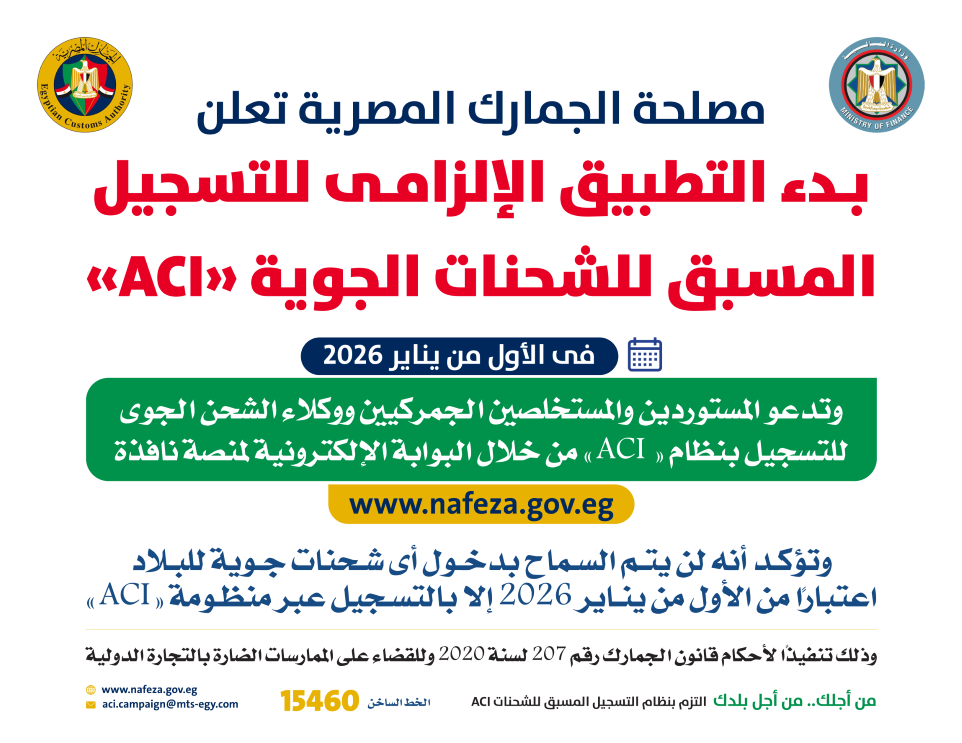- Egypt’s IMF-supported program presents a comprehensive policy package to preserve macroeconomic stability, restore buffers, and pave the way for inclusive and private-sector-led growth. The package includes a durable shift to a flexible exchange rate regime, monetary policy aimed at gradually reducing inflation, fiscal consolidation to ensure downward public debt trajectory while enhancing social safety nets to protect the vulnerable, and wide-ranging structural reforms to reduce the state footprint and strengthen governance and transparency.
- The EFF is expected to catalyze additional financing from Egypt’s international and regional partners.
Washington, DC: The Executive Board of the International Monetary Fund (IMF) approved a 46-month arrangement under the Extended Fund Facility (EFF) for Egypt in an amount of SDR 2,350.17 million (equivalent to 115.4 percent of quota or about US$3 billion). The Executive Board’s decision enables an immediate disbursement of SDR 261.13 million (equivalent to about US$ 347 million), which will help meet the balance of payments need and provide support to the budget. Over the course of the program, the EFF is expected to catalyze additional financing of about US$14 billion from Egypt’s international and regional partners, including new financing from GCC countries and other partners through the ongoing divestment of state-owned assets as well as traditional forms of financing from multilateral and bilateral creditors.
The authorities’ economic program supported by the EFF arrangement envisages the implementation of a comprehensive policy package to preserve macroeconomic stability, restore buffers, and pave the way for sustainable, inclusive, and private-sector-led growth. Specifically, the package includes (i) a permanent shift to a flexible exchange rate regime to increase resilience against external shocks and to rebuild external buffers; (ii) monetary policy aimed at gradually reducing inflation in line with the central bank’s targets together with strengthening policy transmission, including by transitioning away from subsidizing lending schemes, (iii) fiscal consolidation and debt management to ensure downward trajectory in public-debt-to-GDP and contain gross financing needs, while increasing social spending and strengthening social safety net to protect the vulnerable, and managing national investment projects in a manner consistent with external sustainability and economic stability; and (iv) wide-ranging structural reforms to reduce the state footprint, level the playing field across all economic








